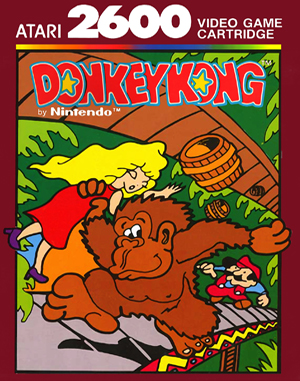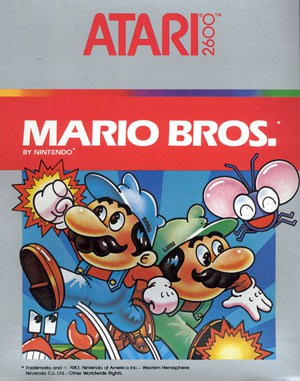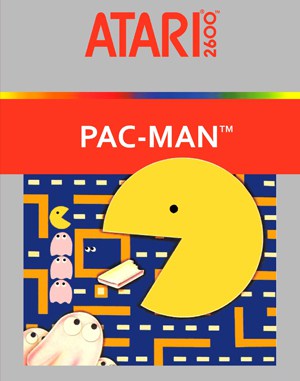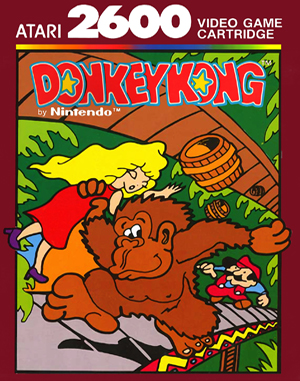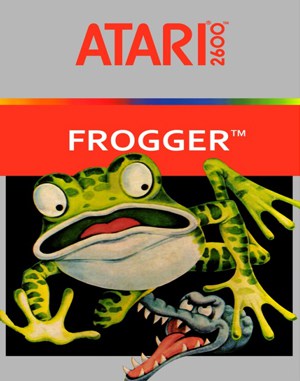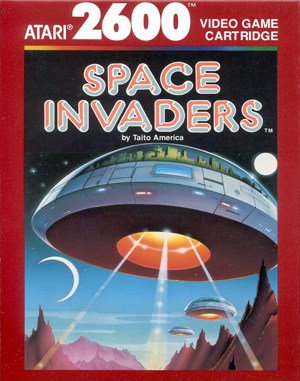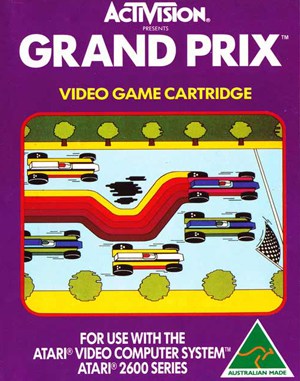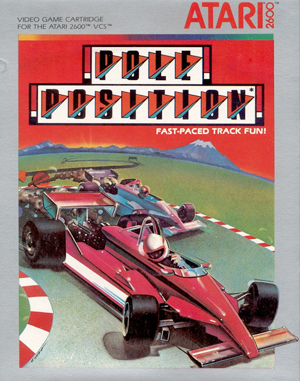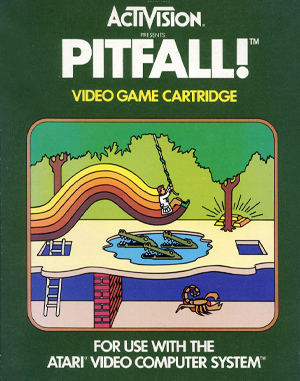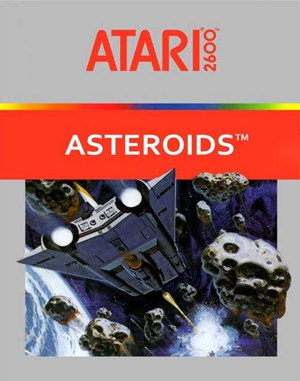Donkey Kong
Donkey Kong is a platform-action game that has Mario scale four different industrial themed levels (construction zone, cement factory, an elevator-themed level, and removing rivets from girders) in an attempt to save the damsel in distress, Pauline, from the big ape before the timer runs out.
- Game developer
- Game publisher
- Game published
- Game perspective
- Game theme
Released in the arcades in 1981, Donkey Kong was not only Nintendo’s first real smash hit for the company, but marked the introduction for two of their most popular mascots: Mario (originally “Jumpman“) and Donkey Kong.
Donkey Kong for Atari 2600 game description
Once the rivets are removed from the final level, Donkey Kong falls, and the two lovers are reunited. From there, the levels start over at a higher difficulty.
Along the way, Mario must dodge a constant stream of barrels, “living” fireballs, and spring-weights. Although not as powerful as in other future games, Mario can find a hammer which allows him to destroy the barrels and fireballs for a limited amount of time. Additionally, Mario can also find Pauline’s hat, purse and umbrella for additional bonus points.
Donkey Kong is also notable for being one of the first complete narratives in video game form, told through simplistic cut scenes that advance the story. It should also be noted that in many conversions of the original coin-op game for early 1980’s consoles and computer-systems, Donkey Kong only used two or three of the original levels, with the cement factory most often omitted.
The game uses graphics and animation for characterization. Donkey Kong smirks upon Mario’s demise.
Pauline has a pink dress and long hair, and a speech balloon crying “HELP!” appears frequently beside her.
Mario, depicted in red overalls and a red cap, is an everyman character, a type common in Japan.
Graphical limitations and the low pixel resolution of the small sprites prompted his design: drawing a mouth with so few pixels was infeasible, so the character was given a mustache; the programmers could not animate hair, so he got a cap; to make his arm movements visible, he needed colored overalls.
The artwork used for the cabinets and promotional materials make these cartoon-like character designs even more explicit. Pauline, for example, is depicted as disheveled (like King Kong’s Fay Wray) in a torn dress and stiletto heels.
Like Pac-Man (1980), Donkey Kong employs the use of cutscenes, but takes the concept a step further by using cutscenes to advance a complete plot.
The game opens with the gorilla climbing a pair of ladders to the top of a construction site, accompanied by music (a variation on the theme from Dragnet). He sets Pauline down and stomps his feet, causing the steel beams to change shape.
He moves to his final perch and sneers. A melody plays, and the level (or stage) starts. This brief animation sets the scene and adds background to the gameplay, a first for video games.
Upon reaching the end of the stage, another cutscene begins. A heart appears between Mario and Pauline, but Donkey Kong grabs her and climbs higher, causing the heart to break. The narrative concludes when Mario reaches the end of the rivet stage. He and Pauline are reunited, and a short intermission plays.
The gameplay then loops from the beginning at a higher level of difficulty, without any formal ending.
Play Atari 2600 Donkey Kong game online
You can play Donkey Kong online here, in a web browser, for free!

